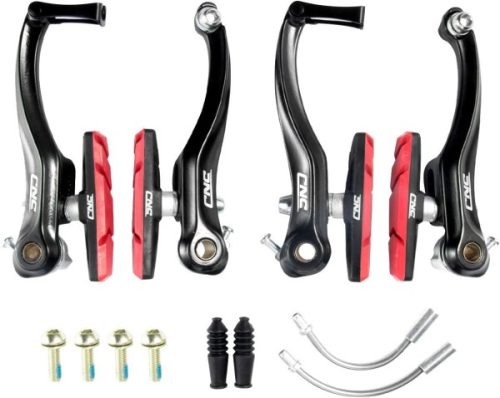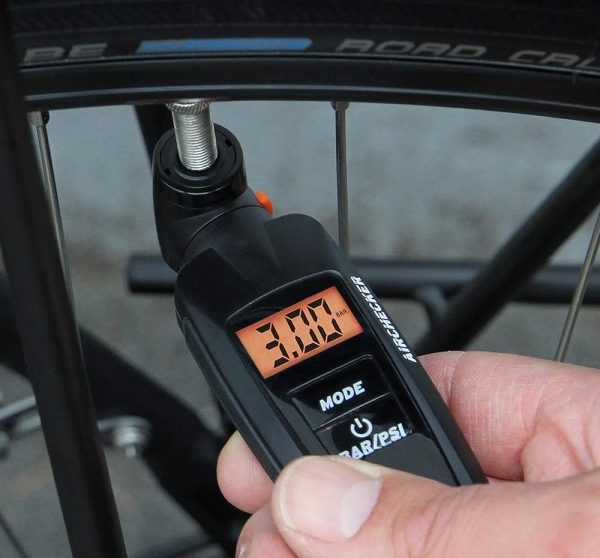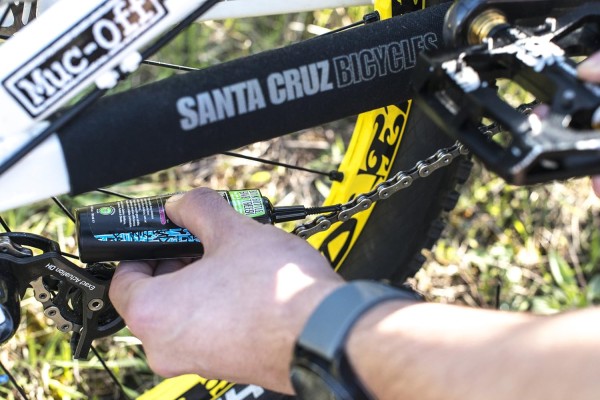When it comes to choosing between cantilever brakes and V brakes, did you know that V brakes have been dominating the market for the past couple of decades?
The decision between these two types of brakes can significantly impact your biking experience. From performance differences to compatibility with various bike frames, each type has its strengths and weaknesses.
As you navigate through the nuances of these brake systems, understanding their differences in brake power, modulation, installation, maintenance, pricing, and availability will be crucial in making an informed choice for your cycling needs.

1. Performance Differences
When comparing Cantilever Brakes and V Brakes, the performance differences are crucial to consider for optimal braking efficiency. Cantilever Brakes offer strong braking power and are well-suited for cyclocross and touring bikes due to their ability to accommodate wider tires and fenders. However, they can be more challenging to set up and adjust.
On the other hand, V Brakes provide excellent braking performance with minimal effort, making them ideal for mountain bikes and hybrids. They’re easier to install and maintain compared to Cantilever Brakes. V Brakes also offer better modulation, allowing for more precise control over braking power.
Understanding these performance variations will help you choose the brake system that best suits your riding style and needs.
2. Installation and Maintenance
Considering the differences in performance between Cantilever Brakes and V Brakes, the discussion now shifts to the topic of Installation and Maintenance. When it comes to maintaining and installing these brake systems, it’s crucial to follow the correct procedures to ensure optimal performance.
Here are some key points to keep in mind:
- Alignment: Proper alignment of the brake pads is essential for effective braking.
- Pad Replacement: Regularly check and replace brake pads when they’re worn out to maintain braking efficiency.
- Cable Tension: Adjust the cable tension periodically to ensure smooth and responsive braking.
- Cleaning: Keep the brake components clean from dirt and debris to prevent premature wear and tear.
3. Compatibility With Bike Frames
Ensuring that Cantilever Brakes or V Brakes are compatible with your bike frame is crucial for optimal performance and safety.
When considering compatibility, it’s essential to match the brake type with the specific frame design of your bike. Cantilever brakes typically require special bosses or studs on the frame and fork to attach properly, while V brakes are more versatile and can be mounted on a wider range of frames.
Check the frame and fork for the presence of the necessary mounting points before selecting a brake type. Additionally, consider factors such as cable routing and clearance to ensure a secure fit.
Choosing brakes that align with your bike frame will enhance overall performance and ensure a safe riding experience.
4. Brake Power and Modulation
To optimize your braking performance, understanding the brake power and modulation differences between Cantilever Brakes and V Brakes is crucial.
Brake Power:
- Cantilever Brakes: Tend to have slightly less braking power compared to V Brakes due to their design.
- V Brakes: Provide more direct braking power as they’re mounted closer to the wheel rim.
Modulation:
- Cantilever Brakes: Offer more modulation, allowing for finer control over braking intensity.
- V Brakes: Can sometimes feel grabby, providing less modulation, especially in wet or muddy conditions.
Understanding these differences can help you choose the brake system that best suits your riding style and terrain preferences.
5. Pricing and Availability
When comparing the pricing and availability of Cantilever Brakes and V Brakes, it’s essential to consider various factors that impact their cost and accessibility.
Cantilever Brakes, known for their simplicity and ease of maintenance, are generally more affordable than V Brakes. However, due to the increasing popularity of V Brakes in the market, their pricing has become more competitive over time.
Availability-wise, V Brakes are more commonly stocked by bike shops and online retailers due to their widespread use in modern bikes. Cantilever Brakes, although slightly less prevalent, are still readily available through most bike shops and online platforms.
Factors like brand, material quality, and additional features can also influence the pricing of both brake types.
Frequently Asked Questions
Are Cantilever Brakes or V Brakes Better for Wet Weather Conditions?
In wet weather conditions, V brakes tend to offer better-stopping power compared to cantilever brakes. The design of V brakes allows for more direct force application on the rims, enhancing your ability to brake effectively on slippery surfaces.
Can Cantilever Brakes or V Brakes Be Easily Upgraded to Disc Brakes?
Looking to upgrade from cantilever brakes or V brakes to discs? It’s like switching from a pencil to a tablet stylus – possible but involves changes. Consider compatibility, mounting points, and overall cost for a smooth transition.
Do Cantilever Brakes or V Brakes Require Different Brake Levers to Function Optimally?
To function optimally, Cantilever brakes or V brakes require compatible brake levers. The lever’s cable pull ratio must match the brake type for efficient braking performance. Ensure proper setup for each brake system to maximize stopping power.
How Do Cantilever Brakes and V Brakes Compare in Terms of Weight and Aerodynamics?
When comparing cantilever brakes and V brakes, weight and aerodynamics play significant roles. V brakes tend to be lighter and offer better aerodynamics due to their simpler design. Consider these factors when choosing between the two.
Are There Any Specific Types of Biking Disciplines Where Cantilever Brakes May Outperform V Brakes, or Vice Versa?
In certain biking disciplines, cantilever brakes excel over v brakes due to their superior mud clearance and compatibility with wider tires, whereas v brakes shine in situations requiring simpler maintenance and better modulation for precise control.
Conclusion
When comparing cantilever brakes and V brakes, it may seem like a tough decision. However, the irony lies in the fact that while cantilever brakes offer better compatibility and modulation, V brakes excel in terms of power and availability.
Ultimately, the choice between the two comes down to personal preference and specific biking needs. So, next time you’re debating between the two, remember that the answer may not be as clear-cut as it seems.





